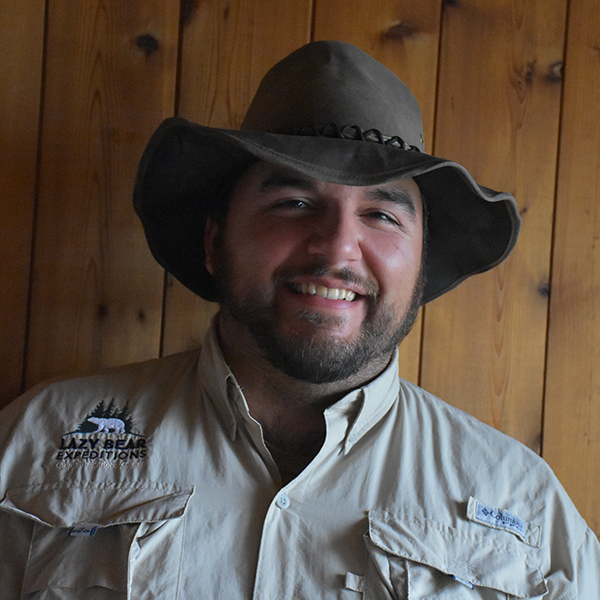There will never be a better time for Manitobans to see the polar bears. The hotels have room and the prices are good. This time next year, everything will be booked and it will take a lot more money to enjoy this world class visit.

Looking North
Polar bears are rather conspicuous animals, seeming too large for subtleties. But from their name to their ability to hunt by stealth, “nanuq” are full of surprises that belie a first glance. The sea bear, as its Latin name declares, can swim for miles, from Greenland to Iceland by some accounts; and the shaggy creatures follow nature’s rule that the best rides are free ones, sailing upon the ice wherever it takes them, hopefully finding seals and safe Northern passages.
A reverse amphibious assault is already taking place in Churchill, and to the North: lone males, females with cubs, yearlings, and old fogeys are on the march to the sea, as the ice gathers. The time for somnambulance – which greatly interests NASA as it might apply to those of us on two legs – comes to an end; the walking hibernation is abandoned so that calories might be made up after a long summer. That means hunting seals on the ice floes growing in the Bay.
This is high tide for tourism in the North. Of course, the pandemic has lowered the usual number of visitors, particularly the legions that visit us from the United States. But as mentioned previously, the staycations that Canadians have embarked on have yielded more local tourists, all of whom are discovering the second largest country on earth they call home. As a last exhortation, this will be the only year for walk-ons: now is the time to visit the Polar Bear Capital of the world.
As the temperature continues to drop below zero, the townsfolk have begun to don their traditional winter garb; of course imported, synthetic jackets and pants are plentiful, but many still trust old leather or rawhide, with rabbit, fox, or wolf fur trim, large togs or buttons, and seal skin mittens which dangle from cords around the wrist. All of these products can be purchased in town, or ordered using easy measurements for gifts, as Christmas is just around the corner.
Darkness has begun to take hold of the surrounding area, making the aurora visible from even the street light flooded road. There are numerous tours available that take one out into the completely light-pollution-free skies to observe the green and purple hues. Long exposure is the best or if you lack the technical skills as I do, several stills are available at gift shops in town. The most iconic feature? Either the wigwam or the inukshuk with the lights dancing in the background.
But it is called bear season for a reason. Everyone is here to observe the apex predator of not just the North but indeed the entire mammal world. Sometimes the shaggy bruins shadow box each other or false charge another bear, which makes for great pictures. For the most part, especially mother and cubs, the bears are seen trundling towards the shoreline, in search of seals or ice to begin their winter journey to anywhere the floe will take them in the Hudson Bay.
Observing the sea bear occurs from two vantage points: either the large, monster-truck-sized Crawlers that rumble across the tundra, with full washroom facilities and meals onboard; or, from the air via helicopter, with two or three companions, connected by headset to the pilot and each other. These trips can happen multiple times over the course of a five day stay so that guests have every opportunity to see the bears out in their natural habitat as much as possible.
In the erstwhile, lessons in crafting, as well as tours via dogsled are available. After long days of adventure, people retire to food and drink in their lodgings or around town. It should be noted that as of this entry, social distancing and masking rules are being followed in the Great White North, due to the rise in cases South of 58. Be sure to bring various and sundry PPE in order to enter every establishment, activity, or vehicle. Call ahead to clarify any local protocols.
At the conclusion of bear season, with guests long gone and staff shifting from North to Rocky Mountains or Laurentian Resorts, it will come time to close up both housing and shops. As the month wanes, it will be the memories that warm the heart, as the wind blows off the Bay.
Nathan Giede is a guide for Lazy Bear Expeditions. His Indigenous heritage informs his understanding and love for the land and its inhabitants. The Lazy Bear Lodge is a picturesque, hand hewn log inn with a lovely restaurant and the best coffee in town.

